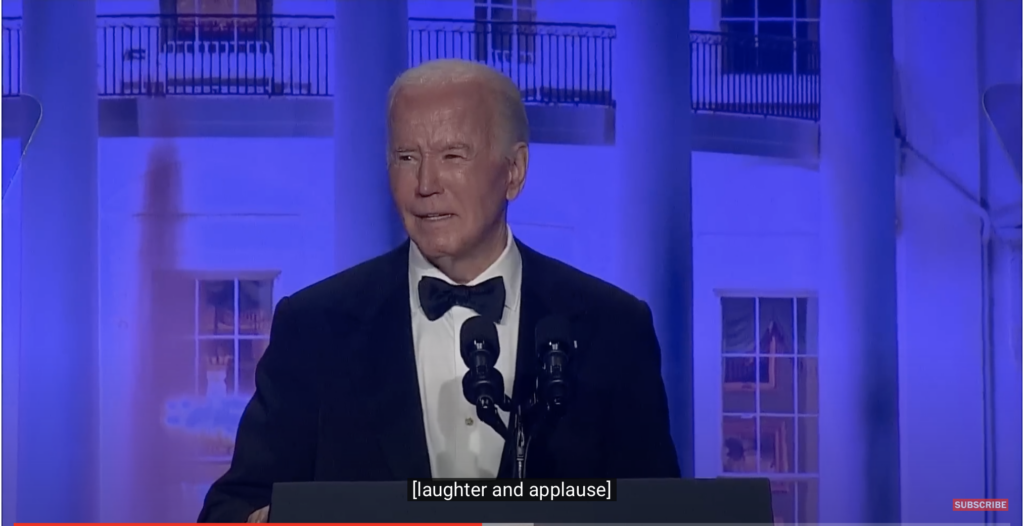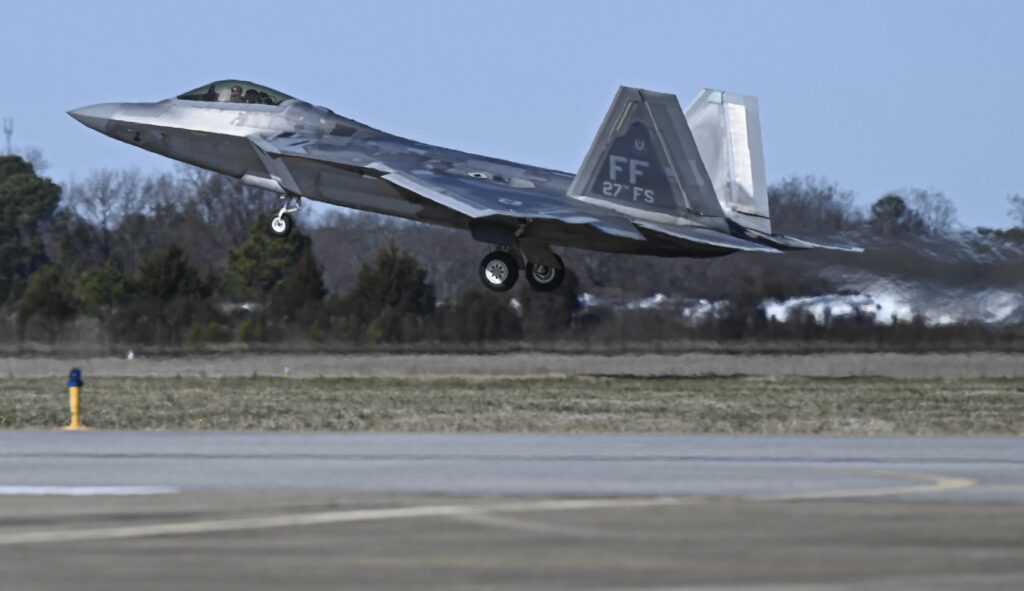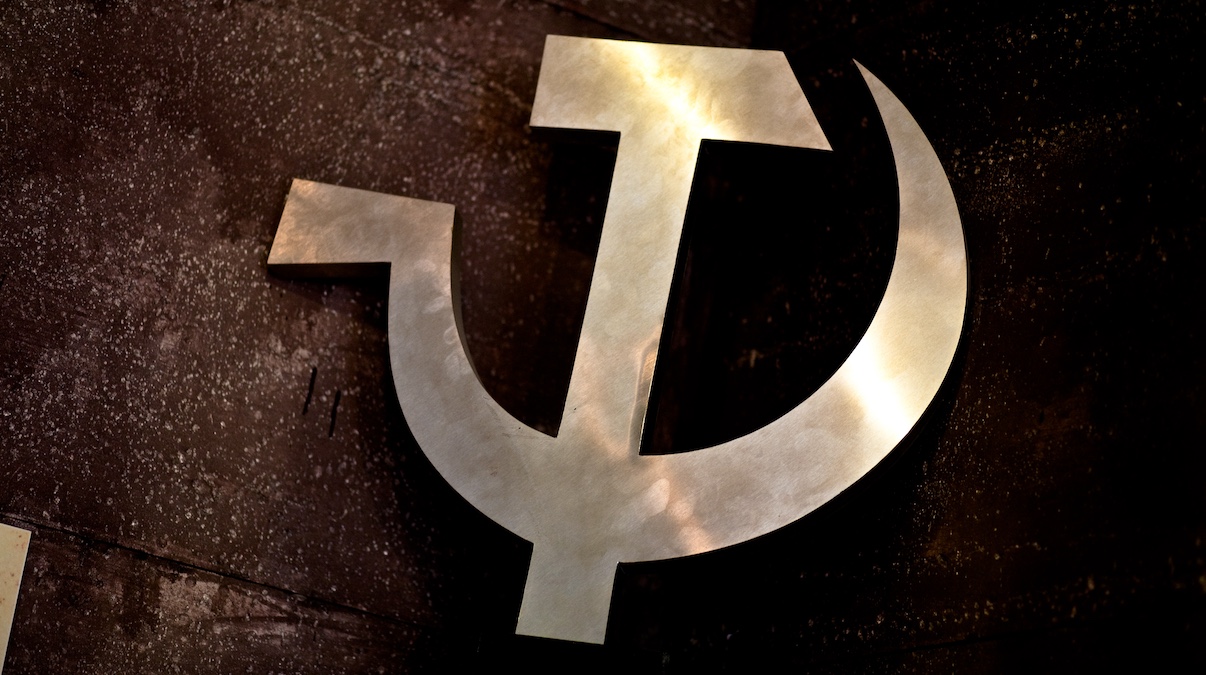Could the NCAA conference switcheroo disrupt college football?
College football starts its season this weekend, with a partial slate of games ahead of a full launch over the Labor Day weekend. It’s the start of a season that will begin undoubtedly the biggest transition in the sport’s history.
When last on the national stage in January, the sport already faced major challenges, from athletes getting paid for their name, image, and likeness, to players transferring from school to school, to the expansion of a postseason playoff. And the past eight months have seen those challenges only shift into hyperdrive.
College football is in the midst of a series of evolutions so dramatic as to comprise a revolution, such that the sport that kicks off one year from now, in September 2024, will look dramatically different, particularly off the field, from the setting of just a few years ago. But the larger forces that sparked these changes are themselves in flux, so much so that the forces that “blew up” college football may not exist a few years from now.
A Historic Conference Realignment
In January, we already knew that four major powerhouses would switch conferences in the fall of 2024. Texas and Oklahoma had committed to switch from the Big 12 to the Southeastern Conference, while West Coast universities USC and UCLA had announced their move to the Big Ten, a conference traditionally based among the Great Lakes states (and which has had more than 10 members for three decades).
But the past few weeks have seen the implosion of the PAC-12, the Pacific Athletic Conference. Following the announced departure of USC and UCLA, fellow PAC-12 members Oregon and Washington also decided to depart for the Big Ten this summer. Colorado announced it would leave the conference to join the Big 12, a conference to which fellow PAC-12 schools Arizona, Arizona State, and Utah also decamped in short order.
The rapid-fire game of musical chairs left the PAC-12, a century-old major conference of West Coast schools, withering on the vine with only four schools remaining. And it left institutions around the country in a “semipublic panic,” as they feared being left without a proverbial dance partner.
Following the Money
The moves left traditionalists lamenting the loss of geographic rivalries in a sport that heretofore had its roots in regional conferences. It also had many critics noting that football programs are determining the future of college athletics as a whole.
The conference realignments won’t just affect football teams, which generally only play 12 regular-season games, but athletes in other sports as well. For instance, athletes at USC or UCLA who play sports like volleyball or baseball more than once a week may not appreciate the inconvenience of having to travel to “conference” games in places like College Park, Maryland, or Piscataway, New Jersey, instead of in-state locales like Berkeley or Palo Alto. And the added travel costs could put pressure on university athletic budgets such that institutions end up culling programs in less-popular sports.
At its bottom, the conference realignment was sparked by a dash for television cash. Colleges scrambled to get the biggest network rights offering they could receive from its conference affiliation, which is virtually always connected to the strength of a conference’s college football programs, rather than its basketball or other sports offerings.
When the PAC-12 reportedly turned down a television offer from ESPN last year, and the offers this year proved minimal and desultory, it had effectively sealed its own fate. The schools that could get better offers elsewhere left, while those that couldn’t were left high and dry.
Disappearing Cash As Cable TV Declines
School presidents have rationalized this game of “Musical Conferences” on the grounds that the additional television money from a better conference affiliation will help their schools and athletic programs. But those rationalizations could disappear in relatively short order, given the changing media landscape.
Consider the plight of Walt Disney affiliate ESPN, whose base of cable subscribers has shrunk from 100 million down to 70 million and is set to shrink further as more households “cut the cord” of the traditional cable bundle. ESPN has thus far sought to overcome subscriber losses by raising its cable rights fees, trying to squeeze more dollars out of a shrinking customer base.
But at some point in the not-too-distant future, that strategy will collapse, and neither Disney nor ESPN has figured out what to do when it does. To survive as a standalone product, ESPN may need to charge streaming customers as much as $40-50 per month — far more than most streaming services currently charge and perhaps more than the market will bear. The quandary has left Disney CEO Bob Iger to suggest selling or spinning off ESPN and ABC, because he, like other media executives, has yet to figure out how to make a profit in a world of streaming video.
Virtually all sports are hostage to the conundrums faced by a changing media landscape. Only the NFL, with its massive fan base and more limited schedule (17 weekly games versus 162 for Major League Baseball), can air all its games on traditional over-the-air network television. Every other sports league is, to a greater or lesser degree, dependent upon cable television coverage and therefore hostage to the current tug-of-war between cable and mobile streaming.
In theory, streaming services that are part of larger conglomerates — think Apple TV or Amazon Video — might face fewer cost pressures because the non-video portion of the business can subsidize streaming sports content. But few executives will want one segment of their business to sustain billions of dollars in losses forever, meaning that big streaming services may not give sports leagues the major rights fees that they have heretofore commanded from cable networks.
Through the latest bout of conference realignment, university presidents may have blown up not just college football, but university athletics in general. And they may have done so to chase a pot of gold that could prove ephemeral and fleeting.
Rather than speaking to the relative weakness of its football programs, the PAC-12’s inability to find a lucrative television rights offer may instead stand as a signal warning of what all conferences may face a few years from now. In that case, college football faces an even more uncertain future than many fans think.
" Conservative News Daily does not always share or support the views and opinions expressed here; they are just those of the writer."





